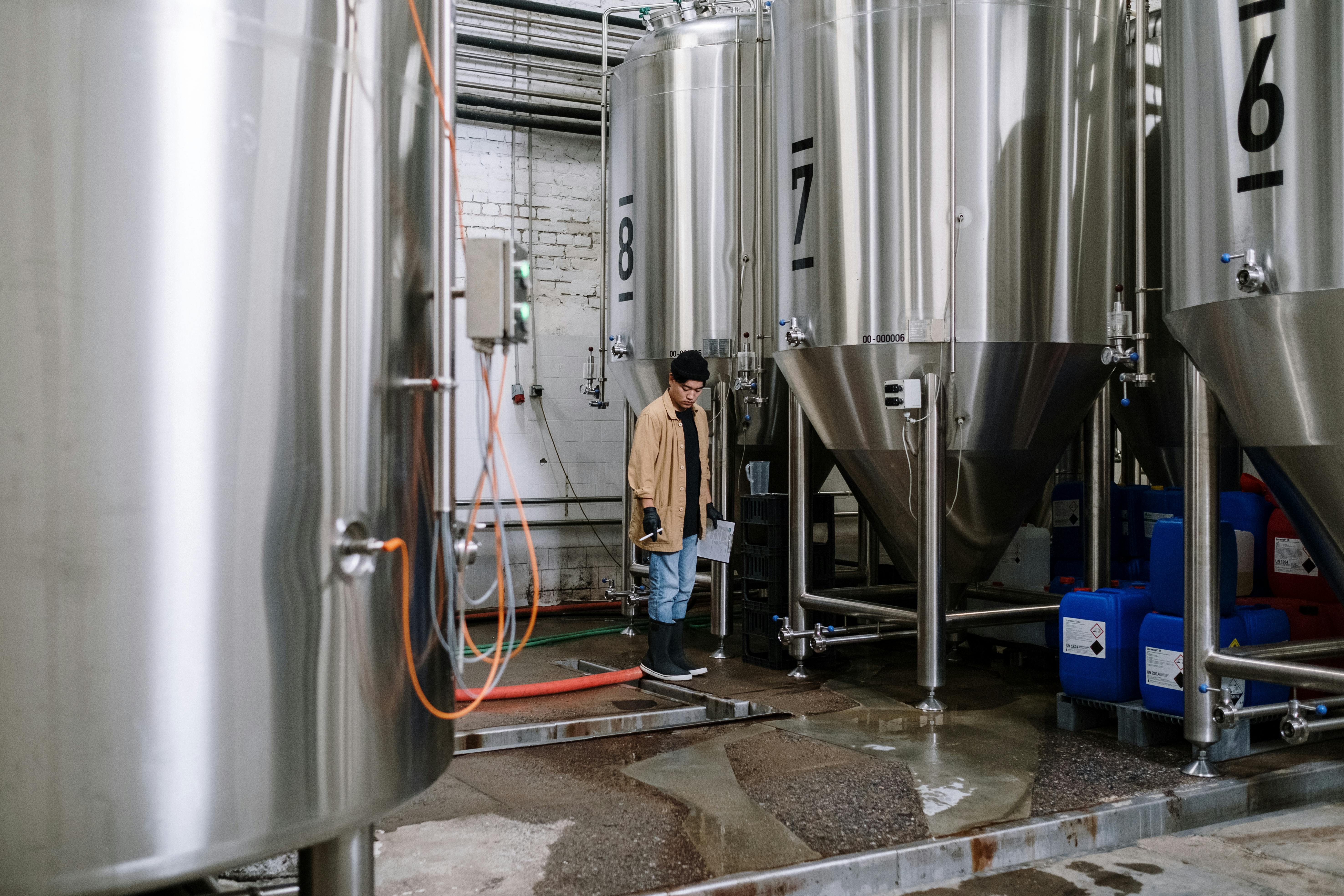Executive Order 14081: Advancing Biotechnology and Biomanufacturing Innovation for a Sustainable, Safe, and Secure American Bioeconomy [1] in September 2022 marked a change in thinking about the U.S. bioeconomy. The order summarizes the situation perfectly:
“The COVID–19 pandemic has demonstrated the vital role of biotechnology and biomanufacturing in developing and producing life-saving diagnostics, therapeutics, and vaccines that protect Americans and the world. Although the power of these technologies [biotechnology and biomanufacturing] is most vivid at the moment in the context of human health, biotechnology, and biomanufacturing can also be used to achieve our climate and energy goals, improve food security and sustainability, secure our supply chains, and grow the economy across all of America.” [1]

Challenges to Executive Order 14081 and the Bioeconomy
The challenge is how to prosecute this directive. In March 2023, the White House Office of Science and Technology published a report outlining a range of “Bold Goals for U.S. Biotechnology and Biomanufacturing” proposed by five of the largest federal agencies. Of these, the U.S. National Science Foundation (NSF) has stepped forward to lead the bioeconomy initiative.

A Summary of Executive Order 14081
In late December 2023, the NSF combined several of its existing Engineering Directorate programs into a funding opportunity for research and education related to biotechnology as an emerging industry. Addressing the strategies in Executive Order 14081, the CHIPS and Science Act, and other policy directives, this funding opportunity will support a broad range of biotechnology activities. While the funding is organized within the NSF Directorate for Engineering, the topics mix life and engineering sciences in a cross-cutting way. Here’s a summary:
- Synthetic biology and related biotechnology – engineering enzymes, genetic circuits, biologic or small molecule therapies, and biosensors;
- Environmental biotechnology – using biological processes for remediation and to meet energy and environmental goals;
- Novel biorecognition elements – like sensors that enable monitoring for novel infectious agents or can be reconfigured in response to the environment;
- Biological separations – downstream processing to sustainably produce chemicals and therapies at scale;
- Biomanufacturing using cells – understanding and adapting cells into improved factories for every type of product;
- Tissue biomanufacturing – creating in vitro and in silico models of healthy and diseased tissues, organoids, and organ systems;
- Mechano-biotechnologies – the mechanics of cell and tissue development and repair in response to mechanical and biochemical stimuli;
- Biological heat and mass transport – how cells, tissues, and organs regulate heat, move biologic inputs and outputs, and conserve functions during temperature changes;
- Biophotonic technologies – photonics research to create new biological tools and applications:
- Biofluids – fluid dynamics and predictions in living systems;
- Scalable design, planning, and control of biomanufacturing systems and supply chains – how to deliver novel lab-scale bioprocesses at commercial scale; and
- Bioelectronic and biomagnetic sensing systems – like semiconductor/cell hybrid technologies and electronic-nervous system interfaces.
Each of the fourteen programs has its own description of ideal projects. There are also five programs focused on creating research centers and workforce development opportunities. Full proposals are accepted anytime, and the opportunity is open-ended; however, funding occurs once during each fiscal year cycle. Therefore, proposals considered for 2024 funding must be submitted by April 30, 2024. More details are available in the NSF’s Dear Colleague Letter [2].

How does this help biotech status and the bioeconomy?
I know what you are thinking, “I’m developing a new biotech-based product with a commercial application. How does this announcement help my startup?” First, you may still be in research mode with some aspects of your product to which this funding may apply. Second, and more importantly, this opportunity gives you an opportunity to discuss your program with Engineering Directorate staff and find the right funding fit, including SBIR/STTR grants [3]. Your startup may be private-equity bound, but most early-stage companies will need to de-risk their technologies and processes with nondilutive funding before investors will consider your pitch. One important note: NSF non-dilutive funding has been pivotal for founders whom the traditional VC infrastructure has poorly served. If this describes your startup, I urge you to consider NSF grants in your funding strategy.
References
[1] The White House Briefing Room, Executive Order 14081: Advancing Biotechnology and Biomanufacturing Innovation for a Sustainable, Safe and Secure American Bioeconomy. Accessed February 23, 2024. https://www.whitehouse.gov/briefing-room/presidential-actions/2022/09/12/executive-order-on-advancing-biotechnology-and-biomanufacturing-innovation-for-a-sustainable-safe-and-secure-american-bioeconomy/
[2] U.S. National Science Foundation, “Dear Colleague Letter: Funding Opportunities for Engineering Research in Biotechnology.” Document number: NSF 24-040. Accessed February 23, 2024. https://new.nsf.gov/funding/opportunities/funding-opportunities-engineering-research-0
[3] NSF America’s Seed Fund website, accessed February 23, 2024. https://seedfund.nsf.gov
